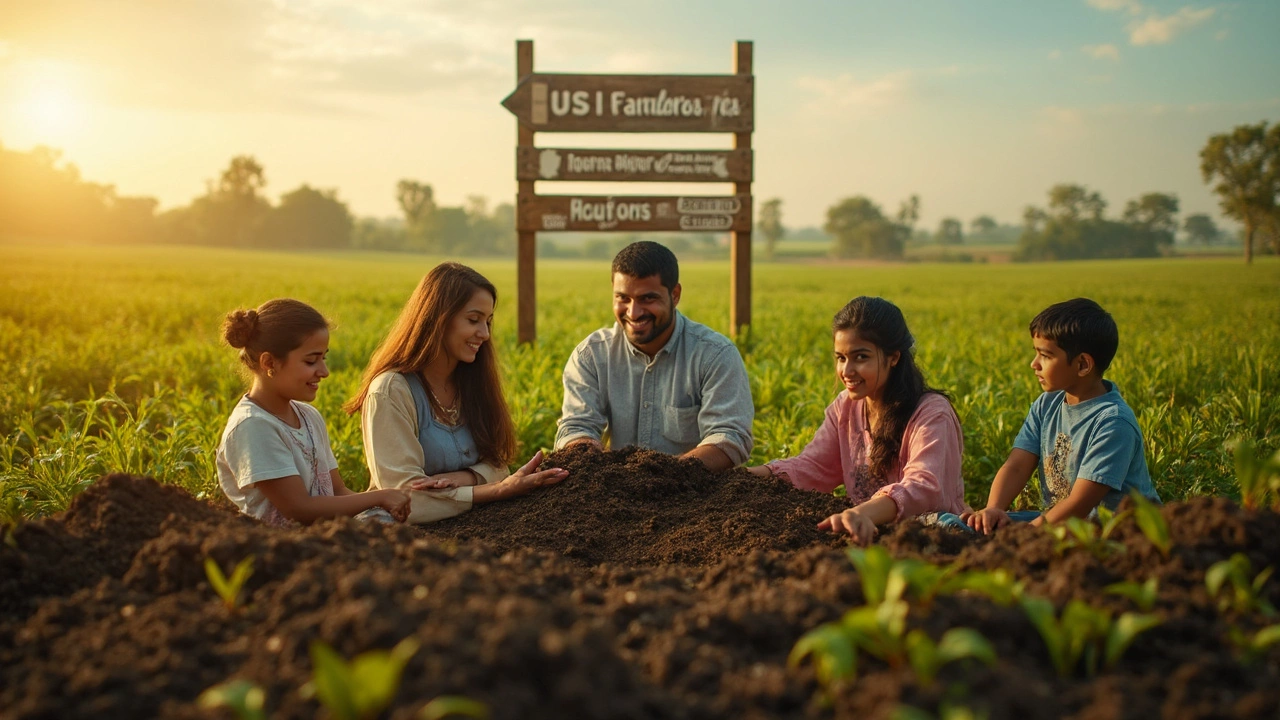Agriculture Real Estate: Buying and Renting Farmland Made Simple
If you’ve ever wondered how to get your hands on a piece of farming land, you’re not alone. Whether you’re eyeing a small plot for a hobby garden or a large acreage for commercial crops, the basics stay the same: know what you need, check the numbers, and understand the local rules.
Key Factors When Choosing Farmland
First off, look at soil quality. Good soil means better yields and fewer surprises. Ask local extension services for a soil test report – it’s usually free and tells you pH, nutrient levels, and drainage. Next, think about water. Does the property have a reliable source like a well, river, or irrigation rights? Water access can make or break a farm, especially in dry seasons.
Location matters too. Proximity to markets, processing facilities, and main roads affects transport costs and price you get for your produce. A field a short drive from a highway can save you time and fuel.
Don’t forget zoning and land-use regulations. Some areas restrict certain crops or livestock, and you might need permits for new structures. Check the county’s planning department or a local real‑estate agent who knows agricultural rules.
How to Finance and Rent Agricultural Land
Buying farmland often requires more upfront money than a typical home. Banks look at the land’s productive potential, not just its price. Keep your business plan ready – show projected crop yields, market prices, and cash flow. A solid plan can lower your interest rate and improve loan approval odds.
If buying isn’t in the cards right now, renting is a smart way to test the waters. Lease agreements for farmland usually run 5‑10 years, giving you time to see if the land fits your needs. Pay attention to rent‑to‑sales clauses – some owners let you buy the land later at a pre‑agreed price.
When you sign a lease, ask for clear terms on who maintains fences, roads, and irrigation. Splitting responsibilities up front avoids disputes later. Also, negotiate a rent structure that matches your cash flow. Some owners accept a base rent plus a percentage of the harvest – this aligns both parties with the farm’s success.
Finally, think about the long‑term. Farmland appreciates slowly but steadily, especially if you improve soil health and infrastructure. Keep records of any upgrades you make; they add value and can boost resale price down the line.
Bottom line: successful agriculture real estate starts with solid research, realistic budgeting, and clear agreements. Whether you buy or rent, treat the land like a partnership – you invest in the soil, the water, and the community, and the land rewards you back.
Best Soil in the US: Where Is It and Why It Matters for Land Buyers
by Arjun Mehta Jun 14 2025 0 LandThinking about buying land and wondering which US state has the best soil? This article cuts through the confusion, highlighting where you’ll find the richest dirt and why it matters for farming and investment. Get to know which states stand out, what makes their soil unique, and key tips if you’re looking to build, farm, or flip land. We’ll dig into real data and everyday examples to help you make a smart move. Soil isn’t just dirt—if you want your land to work for you, you need the right foundation.
READ MORE